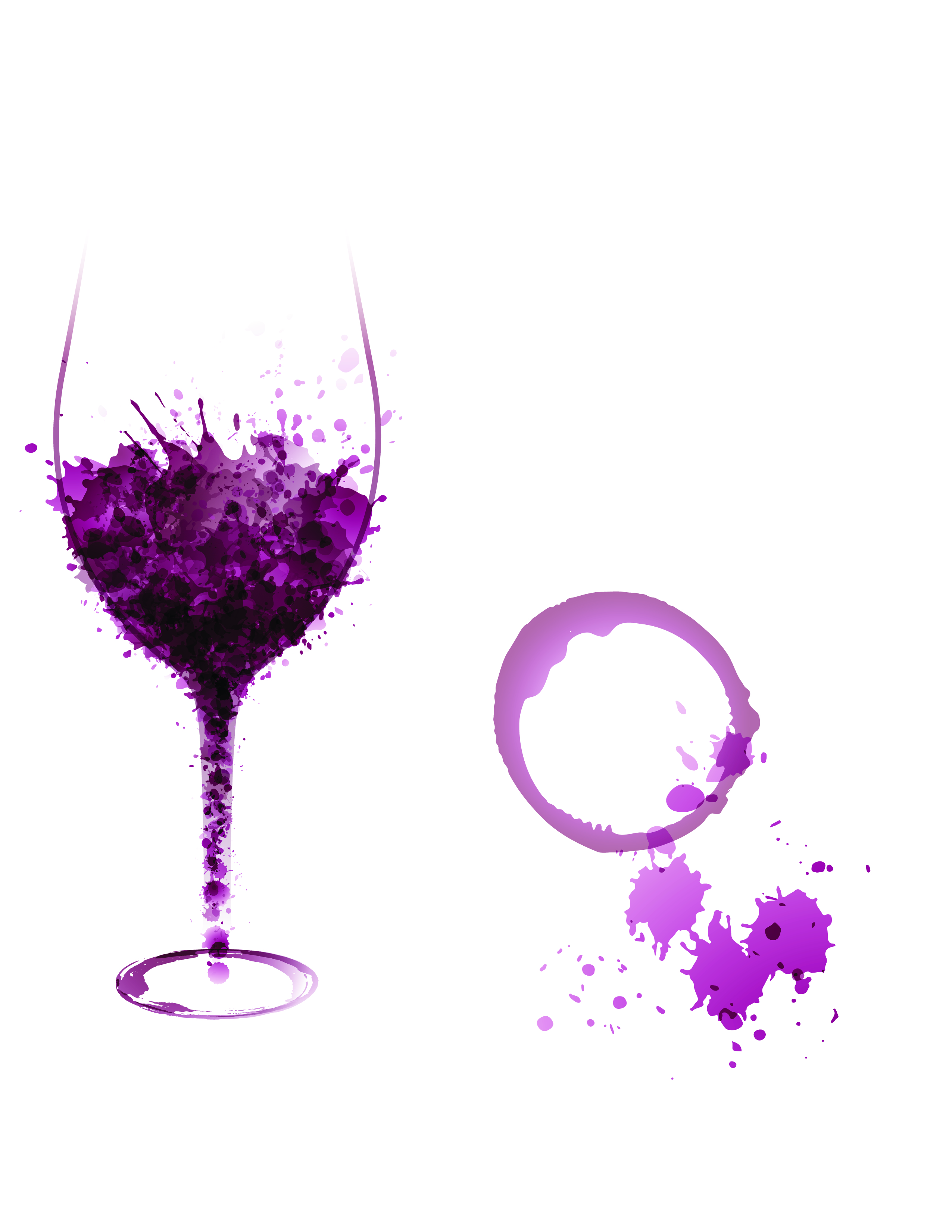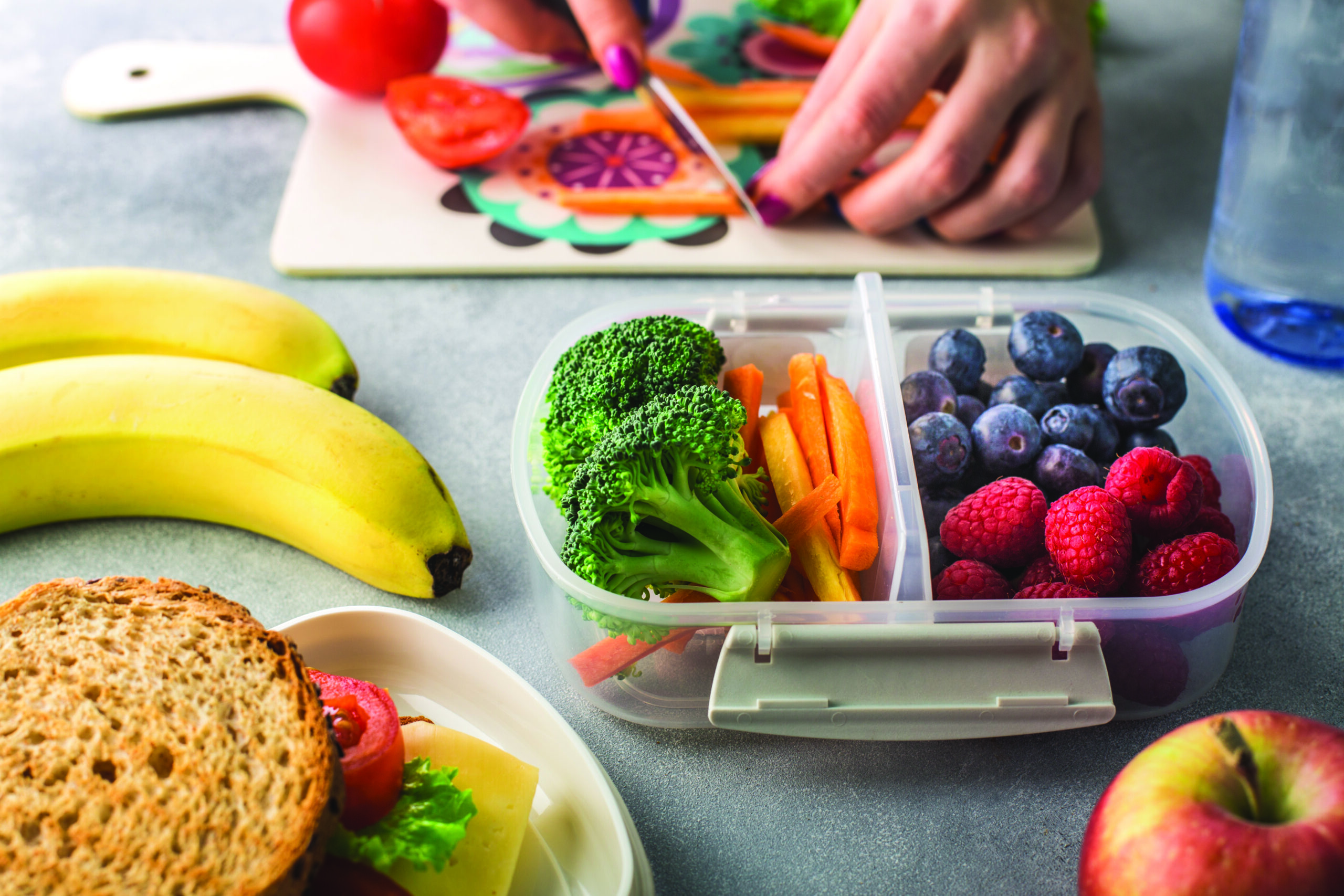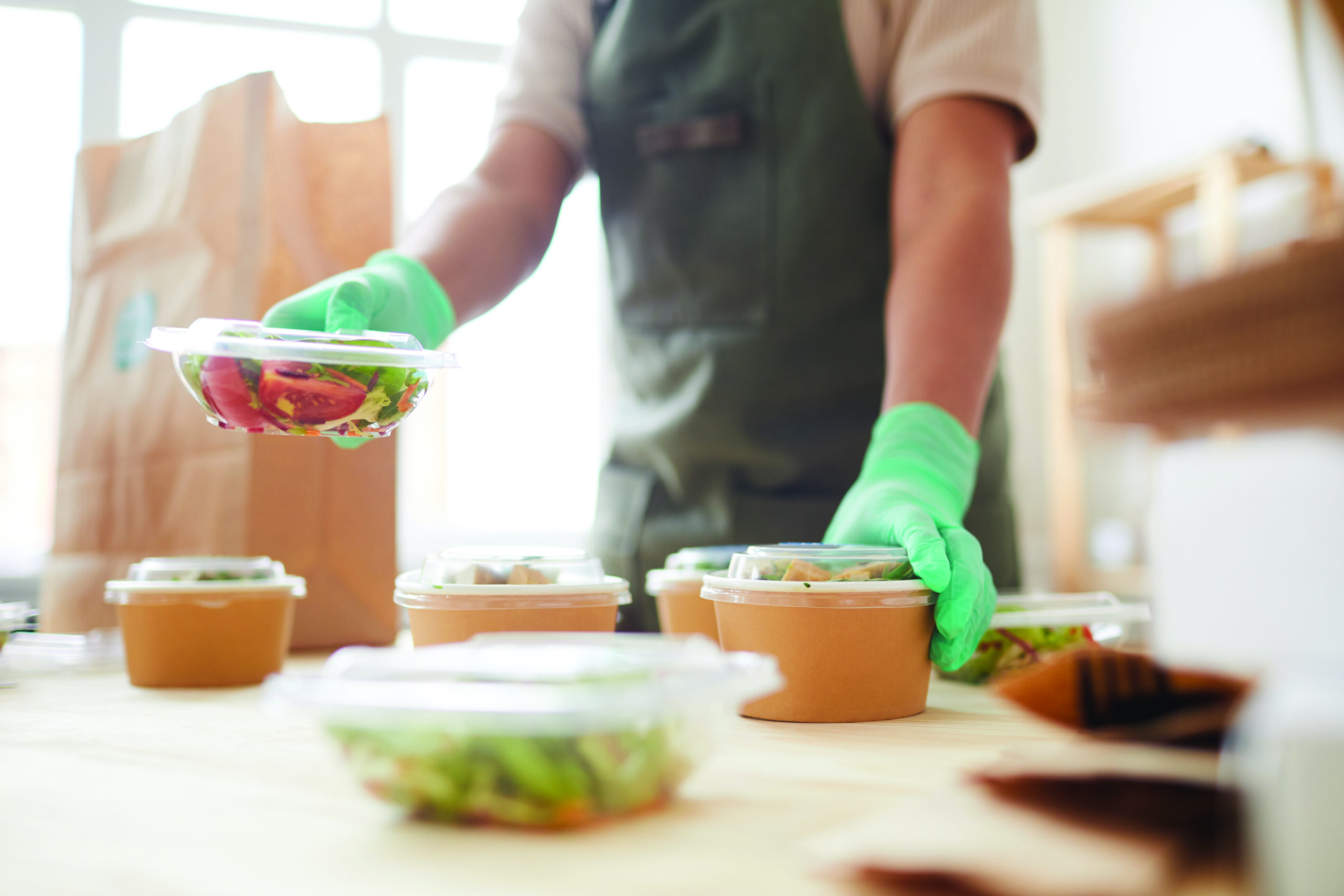by A.D. Hunter
Who doesn’t love a good glass of wine? Whether you are enjoying a glass (bottle) with friends or cooking a meal with wine (in your glass), you are consuming calories without ever taking a bite. It’s easy to forget this tidbit—especially in social settings.
If you are counting calories, a glass of wine might be your alcoholic beverage of choice; after all, it is a lighter option than many mixed drinks. Mixed drinks like frozen margaritas can have more than 500 calories in a single glass, while most wines have 120 calories, based on an actual serving size.
While there is no nutritional label on a bottle of wine, there is one method you can use to approximate calories: the Alcohol by Volume (ABV) percentage. ABV’s can range from 9 percent to 17 percent. Since alcohol has 7 calories/gram and 4 carbs/gram, the amount of alcohol in wine has more influence on calories. In order to easily cut back on the calories in wine, choose a wine with a ABV range between 9 and 12, which equals 110 to 140 calories per 6-ounce serving.
That said, there are lower-calorie options. But are they really the same?
Calories in wine come from two sources: alcohol and sugar. Several winemakers have made lower calorie wines and marketed them as such. You could save anywhere from 20 to 40 calories per glass; however, where do the calorie savings come from?
Red contains less than a gram of sugar per glass, while white wine has about 1.5 grams per glass, so it’s not the sugar. Winemakers lower the alcohol content, claiming it doesn’t cause a loss in flavor or bouquet.
Winemakers do two things to remove calories, and both have a profound effect on the finished wine:
- Add water: adding water simply dilutes the alcohol, which leads to lower calories and a more mild flavor.
- Reverse Osmosis (RO): spinning wine in a centrifuge until its flavor molecules separate. This is used to reduce alcohol or remaining sugars from a wine.
Alcohol and sugar give wine body and texture, so removing one or both would leave wines feeling and tasting thin and watery.
Cutting calories doesn’t mean you need to sacrifice your favorite wine. Follow these strategies to choose the right type of wine:
- Avoid wine coolers since they contain added sugar and are higher in calories.
- Stay clear of ports, which contain more sugar and have nearly double the calories.
- Drink from a smaller wine glass, and you’ll likely consume less.
- Make a wine spritzer.
- Limit yourself to one glass of wine with a meal.
- Read the ABV on the label.
Counting calories can make us lose focus on actual healthy goals. In moderation, wine can be part of a healthy lifestyle.








Leave A Comment